When choosing a smartwatch, durability is key, especially for the screen. Sapphire Glass offers superior scratch resistance but is more brittle, while Gorilla Glass excels in impact resistance and is lighter, though it’s more prone to scratches.
This article compares these two materials across four key factors: hardness, impact resistance, weight or thickness, and durability in daily use, helping you decide which is the better choice for your smartwatch.
Why Durability Matters in Smartwatches

Durability is a key consideration when choosing a smartwatch, especially for those using it in challenging environments. Outdoor athletes, extreme sports enthusiasts, and workers in tough job sites prioritize durability in their devices.
For most durable smartwatches is not just about resisting scratches and impacts, but also about long-term performance, water resistance, and the ability to handle daily wear.
One of the most important factors in a smartwatch's durability is its screen material. Since the screen is the most exposed and vulnerable part of the watch, materials like Sapphire and Gorilla Glass are often chosen for their superior protective qualities. But how do these two materials compare when it comes to long-lasting durability?
Sapphire vs Gorilla Glass: Key Differences in Durability
When comparing the durability of Sapphire and Gorilla Glass, the first factor to consider is hardness. Sapphire, with a Mohs hardness of 9, is incredibly resistant to scratches.
Only diamond surpasses it in terms of hardness. Gorilla Glass, on the other hand, typically ranks between 6 and 7 on the Mohs scale, meaning it offers decent scratch resistance, but it's not as strong as Sapphire.
Technical Specifications Comparison:
| Specification | Sapphire Glass | Gorilla Glass |
|---|---|---|
| Hardness (Mohs Scale) | 9 (Highly scratch-resistant, second only to diamond) | 6-7 (Moderate scratch resistance, good for everyday use) |
| Impact Resistance | Prone to cracking upon high-impact drops | Highly resistant to impact, can survive drops from ~1.6 meters |
| Weight/Thickness | Heavier and thicker, adding to overall weight | Lighter and thinner, ideal for slim designs |
The performance can vary depending on the thickness of the glass, the strengthening process, and watch design such as edge protection.
Another crucial factor is impact resistance. While Sapphire is highly scratch-resistant, it is also more brittle, which makes it prone to cracking or shattering under impact.
In contrast, Gorilla Glass is chemically strengthened to be more flexible and resistant to impact. It can better withstand drops and sudden impacts, making it ideal for everyday use and sports activities where accidental drops are more common.
Sapphire is an excellent choice for those who need a scratch-resistant surface in environments where sharp objects or abrasive surfaces are common. However, Gorilla Glass performs better in environments where impacts and drops are more frequent.
The Pros and Cons of Sapphire Glass in Smartwatches
Pros
- Exceptional Scratch Resistance: Sapphire’s hardness makes it virtually scratchproof, perfect for outdoor activities where the screen might come into contact with rough surfaces or tools.
- Highly Durable Against Wear: Over time, Sapphire is much more resistant to surface wear, maintaining a clean and clear display even after long-term use.
One user shared on a popular forum that their Tissot watch, which has a Sapphire glass screen, still shows no scratches even after 10 years of use. This highlights Sapphire’s remarkable resistance to scratches in real-world conditions.
Cons
- Brittleness: While Sapphire is scratch-resistant, it is prone to cracking or breaking upon strong impacts. If you are involved in high-intensity sports or work in high-risk environments, this could be a drawback.
- Higher Cost: Sapphire is more expensive to produce, so watches with Sapphire screens often come at a higher price.
- Impact Vulnerability: A third-party testing group conducted a drop test and found that Sapphire cracked after a single drop from just 3 feet, highlighting its vulnerability to impact, especially when compared to more impact-resistant materials like Gorilla Glass.
The Pros and Cons of Gorilla Glass in Smartwatches
Pros
- Impact Resistance: Thanks to its flexible and chemically reinforced structure, Gorilla Glass is much more resistant to breaking under impact, making it ideal for everyday wear and activities like running or biking.
- Lightweight and Thin: Gorilla Glass is lighter and thinner than Sapphire, making it suitable for watches designed to be slim and comfortable to wear.
Gorilla Glass is known for its resilience to everyday wear and tear. It can handle accidental drops and bumps without showing visible damage, making it a solid choice for those who need a smartwatch that can endure daily use without compromising its performance or appearance.
Durability in Daily Use: Another user mentioned that Gorilla Glass “can withstand drops and knocks without shattering or cracking, unlike Sapphire which tends to crack more easily.” This reflects the material’s ability to endure impacts in real-world conditions, making it a strong choice for those seeking durability in their smartwatch.
Tactical Smartwatch with Gorilla Glass
For those seeking a smartwatch with Gorilla Glass that excels in durability and impact resistance, the Kospet Tank T4 is an excellent choice.
- Impact Protection: Gorilla Glass helps protect your watch from drops and accidental impacts, making it ideal for active users and those in physically demanding jobs.
- Scratch Resistance: With Gorilla Glass, your screen stays free from scratches caused by everyday objects like keys, coins, or rough surfaces.
- Durability in Tough Environments: Whether you're working on a construction site or playing sports, Gorilla Glass ensures your watch can handle bumps and drops without breaking.
-
Lightweight Comfort: Gorilla Glass allows for a thinner, lighter design, giving you durability without compromising on comfort for all-day wear.
Cons
- Less Scratch Resistance: While Gorilla Glass is fairly resistant to scratches, it doesn’t perform as well as Sapphire in environments where sharp objects or rough surfaces are common.
- Surface Wear Over Time: Gorilla Glass can accumulate scratches over time, especially with frequent exposure to abrasive surfaces, which can affect its appearance.
In scratch tests, Gorilla Glass showed visible marks starting at a Mohs hardness of around 6, while Sapphire remained untouched until level 8. This illustrates that while Gorilla Glass is durable, it is not as resistant to scratches as Sapphire.
Which Screen Material Is Best for Different Usage Scenarios?
Choosing the best screen material largely depends on how and where you plan to use your smartwatch. Let’s break it down:
Outdoor Adventures and Extreme Sports:
If you're engaging in activities like hiking, mountain climbing, or running, Sapphire may be the better option due to its excellent scratch resistance.
However, if you’re prone to dropping your watch during these activities, Gorilla Glass may be more suited to your needs due to its superior impact resistance.
One user shared, “Sapphire stays intact in terms of scratches, but it breaks more easily. Gorilla Glass can withstand drops better.” This feedback shows that for active users, Gorilla Glass is often the more practical option.
Daily Life and Casual Sports:
For daily use, gym workouts, or casual sports like cycling, Gorilla Glass is a strong contender. It provides excellent protection against drops and impacts, while still being light and thin for comfort.
Tough Work Environments:
For those working in environments like construction sites, where the watch is constantly exposed to dust, dirt, and heavy tools, Sapphire provides superior scratch resistance.
However, if you are concerned about the watch being dropped often, Gorilla Glass would be a more practical choice due to its impact resistance.
Conclusion
When it comes to choosing the most durable smartwatch, both Sapphire and Gorilla Glass offer distinct advantages, depending on the specific needs of the user. Sapphire is ideal for those who prioritize scratch resistance and don’t mind paying a bit more for a high-end material. On the other hand, Gorilla Glass is better suited for users who need a more affordable option with better impact resistance and durability against drops.
There is no one-size-fits-all winner in the battle of Sapphire vs Gorilla Glass. It all comes down to your specific lifestyle and how you plan to use your smartwatch. If you need a robust, impact-resistant watch for extreme sports or daily wear, Gorilla Glass may be the right choice. But if scratch resistance is your top priority and you're willing to invest in a premium material, Sapphire is the way to go.
FAQs
Which screen material is more scratch-resistant—sapphire or Gorilla Glass?
Sapphire glass is significantly more scratch-resistant than Gorilla Glass. With a hardness rating of 9 on the Mohs scale, sapphire can resist scratches from most materials, while Gorilla Glass, with a rating of 6-7, is more prone to scratches.
Which screen material is better at surviving drops and impacts?
Gorilla Glass is better at surviving drops and impacts. It is chemically strengthened to withstand shocks, making it more impact-resistant than sapphire, which, while harder, is more brittle and more likely to crack under high impact.
Which material is more durable for everyday use?
Gorilla Glass is generally more durable for everyday use. It can handle daily drops and knocks without cracking, while sapphire, although highly scratch-resistant, is more likely to crack when dropped.

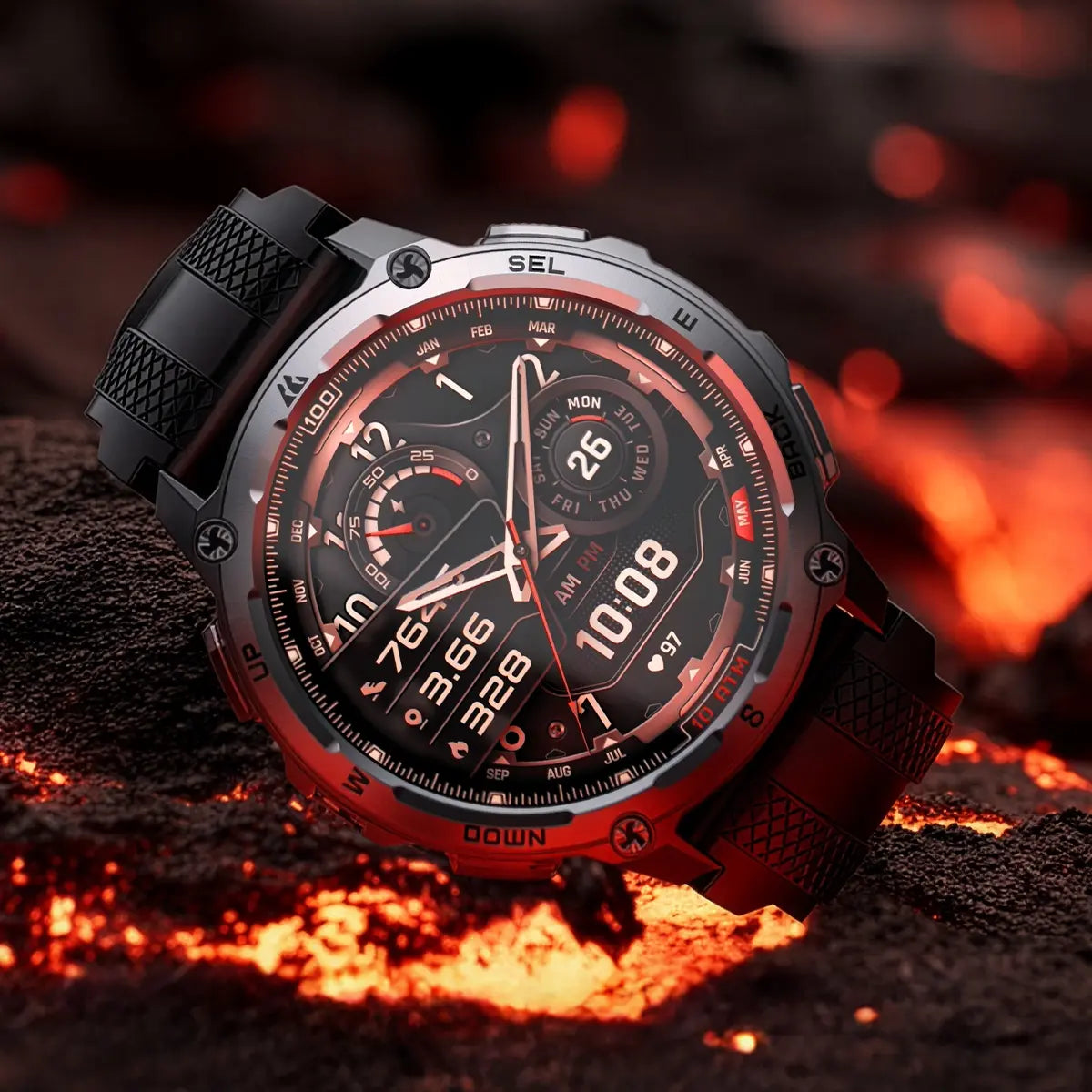

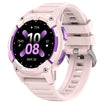
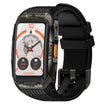

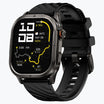
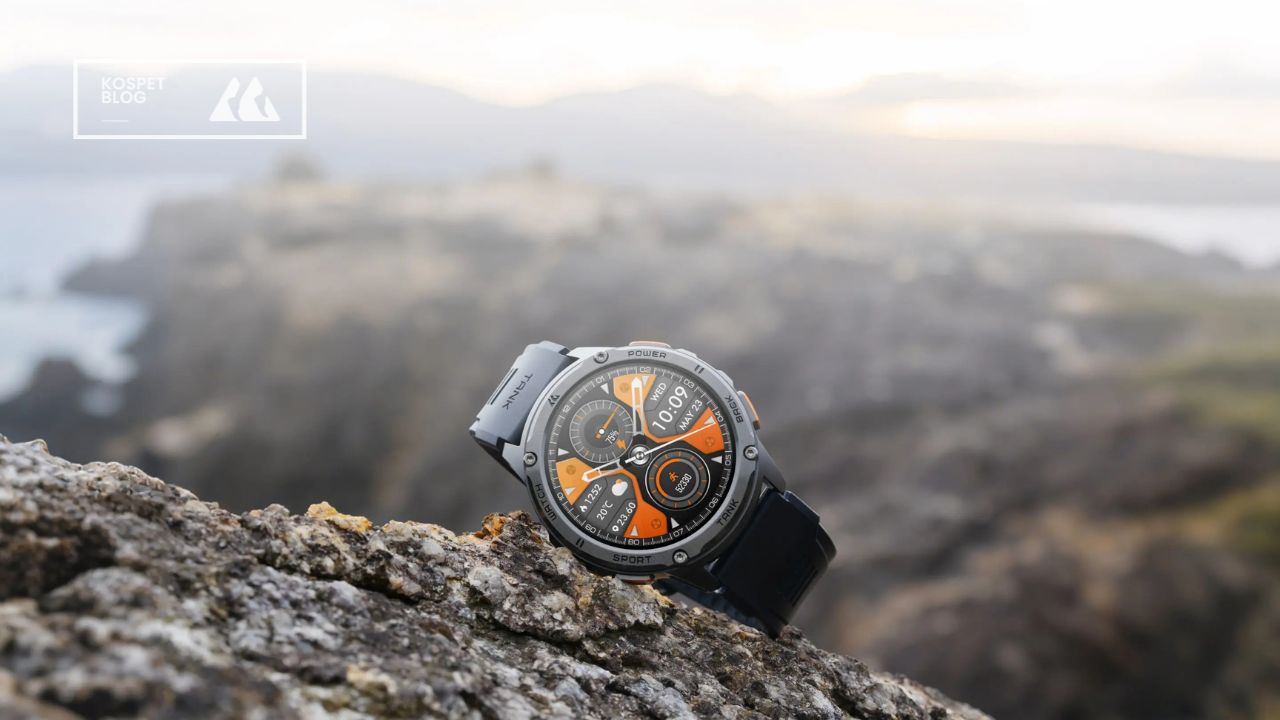


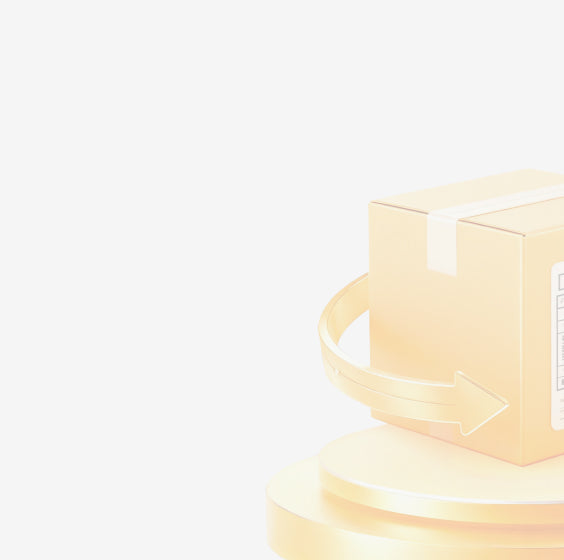
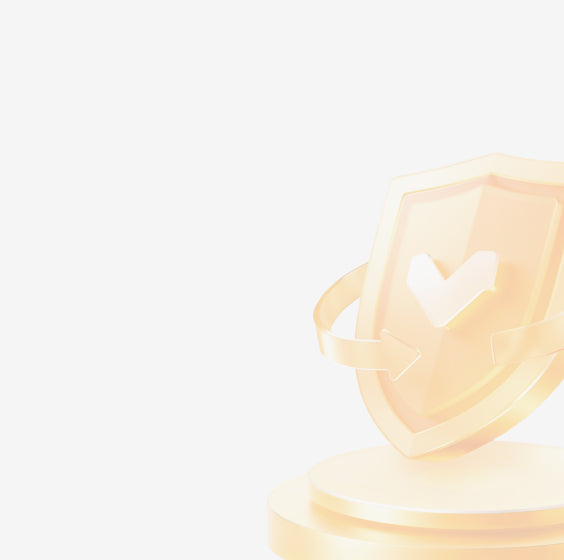


Leave a comment
All comments are moderated before being published.
This site is protected by hCaptcha and the hCaptcha Privacy Policy and Terms of Service apply.